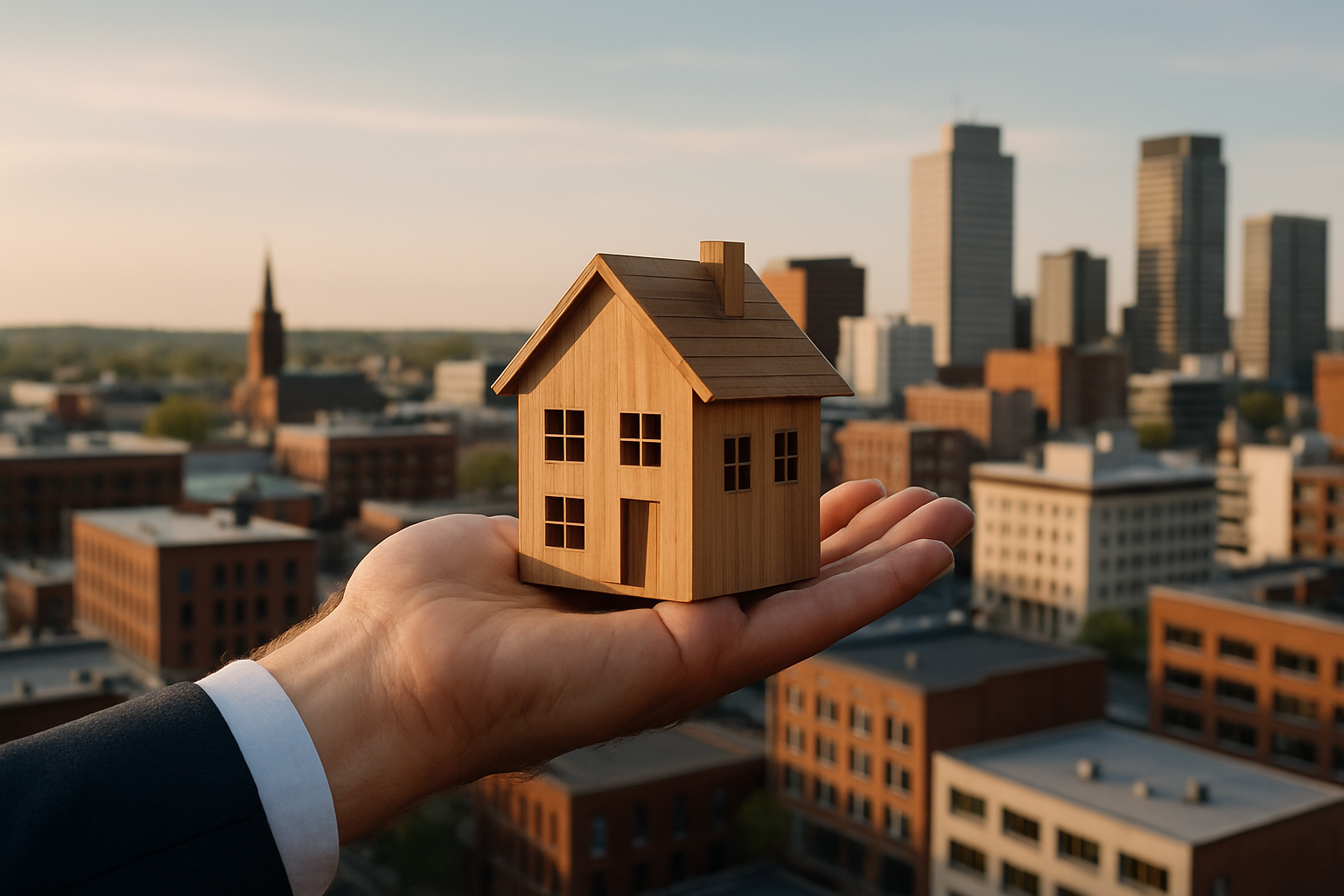Adaptive Reuse: Transforming Obsolete Spaces into Thriving Assets
The real estate landscape is constantly evolving, and one trend that's gaining significant traction is adaptive reuse. This innovative approach breathes new life into outdated or abandoned properties, transforming them into vibrant, functional spaces that meet modern needs. With urban areas facing space constraints and a growing emphasis on sustainability, adaptive reuse offers a compelling solution for investors, developers, and communities alike.

The Economic Case for Adaptive Reuse
One of the most compelling arguments for adaptive reuse is its economic viability. Renovating existing structures often proves more cost-effective than new construction, particularly in areas with high land costs or stringent building regulations. According to a study by the National Trust for Historic Preservation, adaptive reuse projects can save between 50-80% in construction costs compared to new builds. This cost efficiency extends beyond the initial investment, as repurposed buildings often benefit from existing infrastructure and utilities, reducing ongoing operational expenses.
Sustainability at the Core
In an era where environmental concerns are paramount, adaptive reuse emerges as a sustainable alternative to demolition and new construction. By preserving existing structures, these projects significantly reduce the carbon footprint associated with new development. The Environmental Protection Agency estimates that building-related construction and demolition debris accounts for nearly 40% of the solid waste stream in the United States. Adaptive reuse not only minimizes this waste but also conserves the embodied energy within existing buildings – the sum of all the energy required to produce a building, from material extraction to construction.
Preserving Cultural Heritage
Beyond its economic and environmental benefits, adaptive reuse plays a crucial role in preserving cultural heritage and maintaining the unique character of neighborhoods. Historic buildings often serve as anchors of community identity, and their preservation through adaptive reuse helps maintain a sense of place and continuity. This aspect has become increasingly valuable as cities strive to differentiate themselves and attract residents and businesses in a competitive global market.
Challenges and Considerations
While adaptive reuse offers numerous benefits, it’s not without its challenges. Retrofitting old buildings to meet modern building codes, accessibility standards, and energy efficiency requirements can be complex and costly. Developers must navigate zoning regulations, which may restrict certain uses in historically designated areas. Additionally, unexpected issues often arise during renovation, potentially leading to budget overruns and delays.
Market Trends and Investment Opportunities
The adaptive reuse market is experiencing robust growth, driven by changing demographics, urbanization trends, and shifting preferences towards authentic, character-rich spaces. According to a report by Allied Market Research, the global adaptive reuse market is projected to reach $349.2 billion by 2028, growing at a CAGR of 5.6% from 2021 to 2028. This growth presents significant opportunities for investors and developers who can identify underutilized properties with potential for transformation.
Case Studies in Success
Numerous successful adaptive reuse projects demonstrate the potential of this approach. The High Line in New York City, which transformed an abandoned elevated railway into a popular public park, has spurred billions in economic development in the surrounding neighborhoods. In London, the Tate Modern, housed in a former power station, has become one of the world’s most visited art galleries, revitalizing the Bankside area. These high-profile examples are complemented by countless smaller-scale projects that have breathed new life into communities across the globe.
Financing Adaptive Reuse Projects
Securing financing for adaptive reuse projects can be more complex than for traditional developments. Lenders may perceive these projects as higher risk due to potential unforeseen challenges in renovating older structures. However, various financing options are available, including historic tax credits, low-income housing tax credits, and specialized adaptive reuse loans offered by some financial institutions. Additionally, public-private partnerships and community development grants can provide crucial funding for projects with significant public benefits.
The Future of Adaptive Reuse
As urban populations continue to grow and the demand for sustainable development intensifies, adaptive reuse is poised to play an increasingly important role in shaping our built environment. Emerging technologies, such as 3D scanning and Building Information Modeling (BIM), are making it easier to assess and plan adaptive reuse projects, potentially reducing costs and risks. Moreover, the COVID-19 pandemic has accelerated the obsolescence of certain property types, such as office buildings and retail spaces, creating new opportunities for creative repurposing.
In conclusion, adaptive reuse represents a compelling strategy for addressing the challenges of urban development in the 21st century. By reimagining existing structures, this approach offers a way to create value, promote sustainability, and preserve cultural heritage. As the real estate industry continues to evolve, those who can successfully navigate the complexities of adaptive reuse will be well-positioned to capitalize on this growing trend and contribute to the creation of more resilient, vibrant communities.





